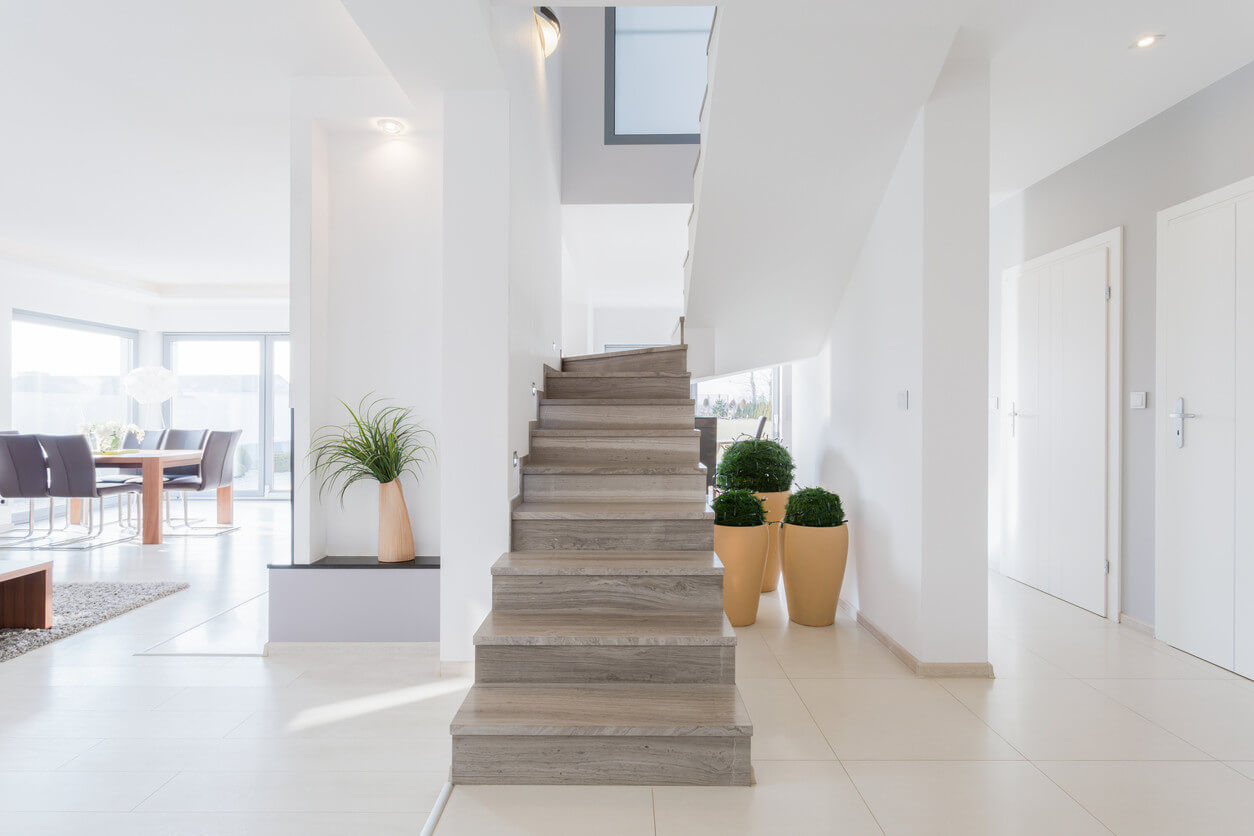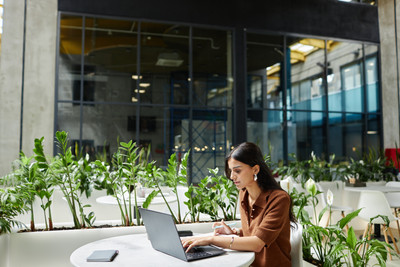Adding Indoor Plants to Your Space
Posted by Jason Wyrwicz on Feb 17th 2020
When looking to up the décor in any indoor space, the addition of plants can add a lot. In fact, according to a study in the Journal of Physiological Anthropology, indoor plants can reduce stress, both physiological and psychological. They can also help purify the air by filtering out pollutants. They are also an easy way to highlight a particular space or area by way of greenery and a fun pot. When it comes to adding indoor planters to your space, there are a few things you need to keep in mind.

Best Plants
Finding the right outcome for this endeavor requires the right plants and planters for the job. Before we look at inside planters we need to narrow down the right plants for indoor use.
1. Snake Plant
This plant name may scare you off, but don't let the name fool you. The snake plant survives well indoors and offers a touch of green. The name comes from the fact that the appearance showcases thin, upright leaves with green patterns that make it look like snakeskin. This plant prefers bright sun, but can survive in lower levels of light as well so it is versatile in terms of where you place it indoors. This indoor plant is especially well suited to plant newbies because it can survive on little water and is hearty so if you forget to water it, you won't have a dead plant. Best of all, this plant is reported to filter out benzene, formaldehyde, xylene, and toluene.
2. Pothos
Another plant well suited to those lacking in a green thumb, this plant is often called a cubicle plant. It doesn't require a ton of light to survive which makes it ideal for just about any space. This plant is interesting because it can be a climbing plant when you don't prune it. It can grow up to 10 feet in the form of trailing vines. If you like this, let it grow, and prune it back if you like to keep it shorter. Another cool thing about this plant is that it can propagate or breed more pothos so you can get more plants for the price of one!
3. ZZ Plant
A great plant for indoor areas with lower light available, the ZZ plant is ideal for a few other reasons. Aside from the light factor, this plant is also drought tolerant and low maintenance thanks to the potato-like rhizomes under the surface of the plant. These rhizomes store water so the plant can survive in dry environments or if you forget to water it from time to time. In fact, this plant can be watered only once a month and still survive so it is a great choice for the busy person looking for a low maintenance plant for indoor areas.
4. Spider Plant
If you have a room with a lot of light or big windows, this is a great choice. These give off a fun jungle vibe that makes them a popular plant of the moment. They are easy to care for as well and overall pretty sturdy. It can also grow spiderettes or baby spiders so you can get more plants from the main plant. This is also one of the strongest air-purifying plants and can remove harmful toxins in the air such as formaldehyde and xylene.
5. Bird's Nest Fern
When looking for a plant that has a unique look and works over time to remove toxins from the air, this is a clear winner. This plant has a bright green appearance with rippled-edged fronds for a unique look perfect for just about any décor. As a plant thriving in medium indirect light and a somewhat humid environment, this is ideal for bathrooms. Ferns are also especially ideal for this area because they are natural air purifiers and can remove formaldehyde, xylene, and toluene which are often found in products used in the bathroom such as cleaners, hairspray, nail polish remover, and more.
Choosing the Best Planters for Indoors
Now that you know the top plants for indoor use, you are ready to consider the best planters. When it comes to choosing the best inside planters, here are the things to keep in mind.
Size matters.
When choosing indoor planters, the matter of size is key. Once you choose a plant, you should look at the specific root depth of the plant and then choose the planter accordingly based on this factor. A plant without space to spread its roots will not prosper. You should also look at the size of the planter in terms of your available space and where you intend to place the planter.
Look at drainage.
The matter of drainage is crucial to choosing the right planter. The right drainage is important because it helps you avoid root rot where water sits at the bottom of the pot if you overwater. It can take some practice to figure out how much water a plant needs so if you do overwater, the drainage helps remove excess water. You should look at this when choosing planters to get the right one. If a planter doesn't have drainage holes, you can also line the bottom of the planter with rocks to help collect the excess water so the roots don't become overwatered.
Know about porous vs. non-porous.
When choosing the right planters for indoors, you should consider whether the material is porous or non-porous. Porous means the material will dry faster over non-porous material because air can permeate the surface which is important because you don't want a wet pot indoors where mildew can happen.
Look at style.
While there are no rules about matching plants to planters in terms of aesthetic, you should still consider this factor since you will have to look at the planter daily for months or years to come. Consider color and shape together to find an outcome you will enjoy in your indoor space. Whether you prefer a rounded option in a bright color or a planter box in classic white, there are plenty of options to accent your indoor décor without worry.
SOURCES



